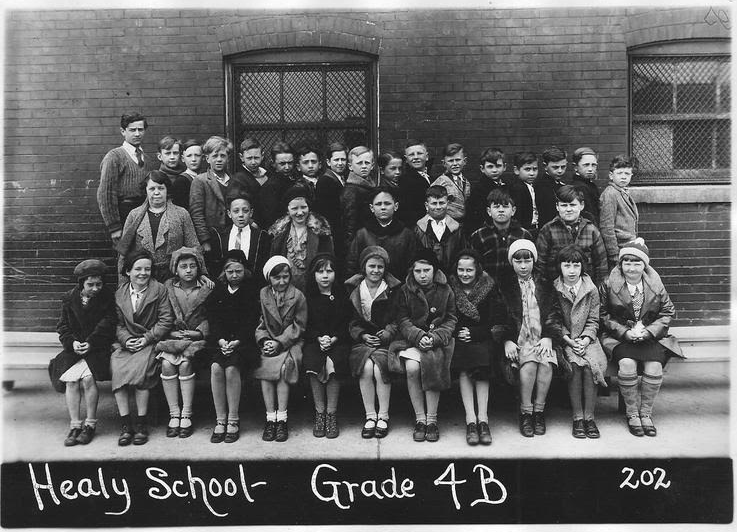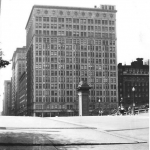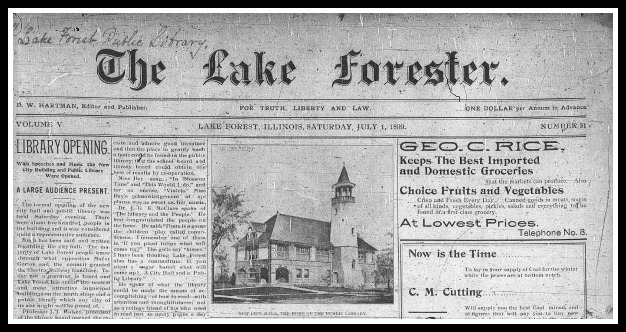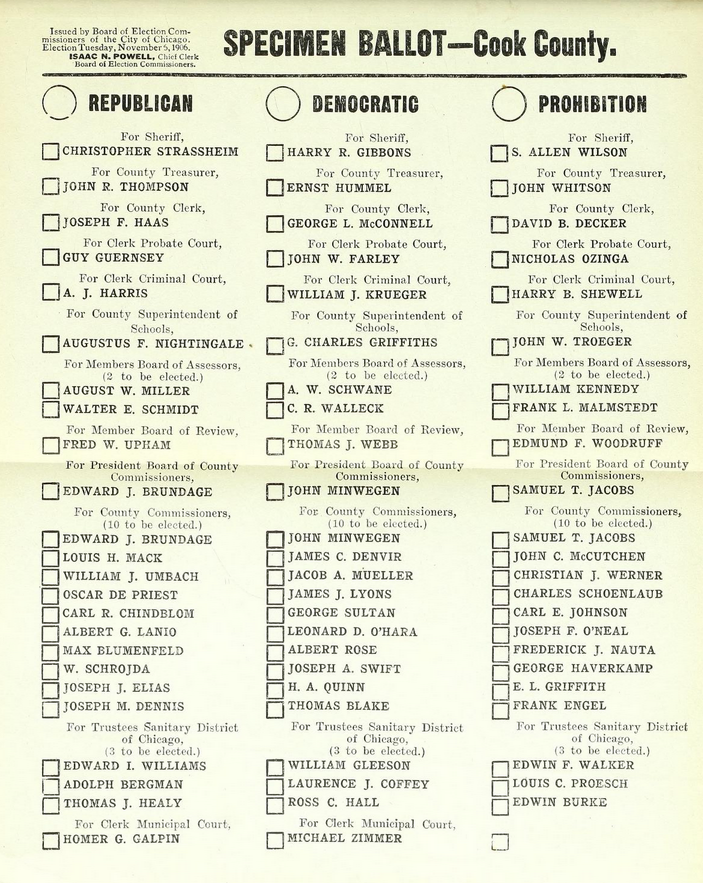Previous to 1844, sixty-five years ago, the city did not own a single school building, and not until 1856 was there any kind of high school. In the fall of 1843 the Chicago Female Seminary was opened on Clark Street, between Madison and Monroe, by Dr. Abner W. HENDERSON.
In 1844 the University of St. Mary’s of the Lake was founded by the Roman Catholic Church, under the immediate direction of Bishop William Quarter. This school was opened in 1846 in St. Mary’s Church, which stood at the corner of Michigan Avenue and Madison Street. In 1867 this institution was abandoned and the building which it occupied was given up to the St. Joseph Orphan Asylum.
Several private and semi-public schools had been taught in previous years, and money had been appropriated from the school fund in 1834 to aid in maintaining a school in the Presbyterian Church which stood on the west side of Clark Street between Lake and Rudolph. This school was taught by Miss Eliza CHAPPEL, who that year married Jeremiah PORTER, the first pastor of a church in Chicago. He had organized the first Presbyterian Church in the fort the year before. The public meetings of the society were held over Peck’s store, on the southeast corner of Lake and Water Streets.
A school in the Baptist Church on Water Street, near Franklin, the same year, was called a public school; also, in 1835, a school on the north side of the river was called a public school. There were seven schools, public and private, in the town that year.
When Chicago became a city, in 1837, the members of the Common Council were made Commissioners of Schools for the city. They elected ten School Inspectors.
In 1839 the legislature passed a special act which placed the schools on a permanent and self-supporting basis. In November, 1840, free public schools were permanently established and a Board of Inspectors was organized. The salary of each of the four male teachers employed that year was $33.33 a month.
In 1844 the first public-school house was erected, on Madison Street, between Dearborn and State, and this building was standing there when the great fire of 1871 consumed all that part of the city.
In 1846 there were three male teachers and six female teachers; in 1851 four male teachers and twenty female teachers.
Source: Winchell, S R. A Civic Manual for Chicago, Cook County and Illinois ; Containing a Brief Account of Their History and Exhibiting Their Geographical, Political, Educational, Industrial, and Commercial Features. Chicago : Flanagan, 1910.; pages 26-27.
Editorial Note: the date of marriage for Eliza & Jeremiah is incorrect. Ms. Porter’s personal memoir provides evidence that they were married in 1835.








